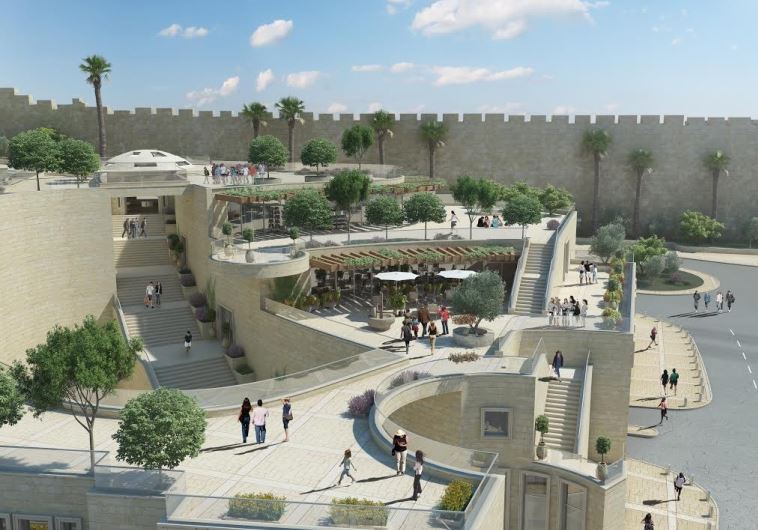This summer’s excavation on Mount Zion begins soon. Here’s how you can help even if you can’t be in Jerusalem.
Leen Riitmeyer reports on a second arch of Titus uncovered in Rome. And he describes how his search to find the Dedicatory Inscription in the Colosseum ultimately succeeded.
If you’ve ever wondered how they raised animals from underneath the floor of the Colosseum, the
Telegraph has an illustrated article showing a reconstruction of the elevators. A 2-minute video shows the process. This is part of a government project to restore the floor of the Colosseum.
James H. Charlesworth has written a lengthy and informative review rebutting David Stacey and
Gregory Doudna, Qumran Revisited: A Reassessment of the Archaeology of the Site and its Texts.
Wayne Stiles explains how the four quarters of Jerusalem will be united.
“Wilderness” is the title of a symposium of Biblical scholars from the Universities of Manchester, Sheffield and Lausanne University of Lausanne.
The British Museum is lending 500 artifacts to a new museum in Abu Dhabi for five years. This includes “the world’s finest single Assyrian panel: the Banquet Scene (645-635BC).”
There is fear in Iraq for the safety of the traditional tomb of the prophet Nahum.
The latest issue of Biblical Archaeology Review includes articles on Solomon’s temple, Akhenaten’s monotheism, the Gospel of Thomas, and the missing pages of the Aleppo Codex.
Congress has passed legislation making it illegal to sell looted artifacts from Syria.
The Library of Congress in Washington D.C. hosted a Tyre Day Symposium to raise awareness about the city’s history.
“Of Kings and Prophets” is a new series beginning this fall on ABC.
A clumsy tourist fell and smashed a 4,000-year-old vase in the Heraklion Archaeological Museum on the island of Crete.
Barry Britnell is sharing photos of last year’s trip as he prepares to lead next year’s trip. Today: Northern Galilee and the Hula Valley.
HT: Ted Weis, Agade, Joseph Lauer

